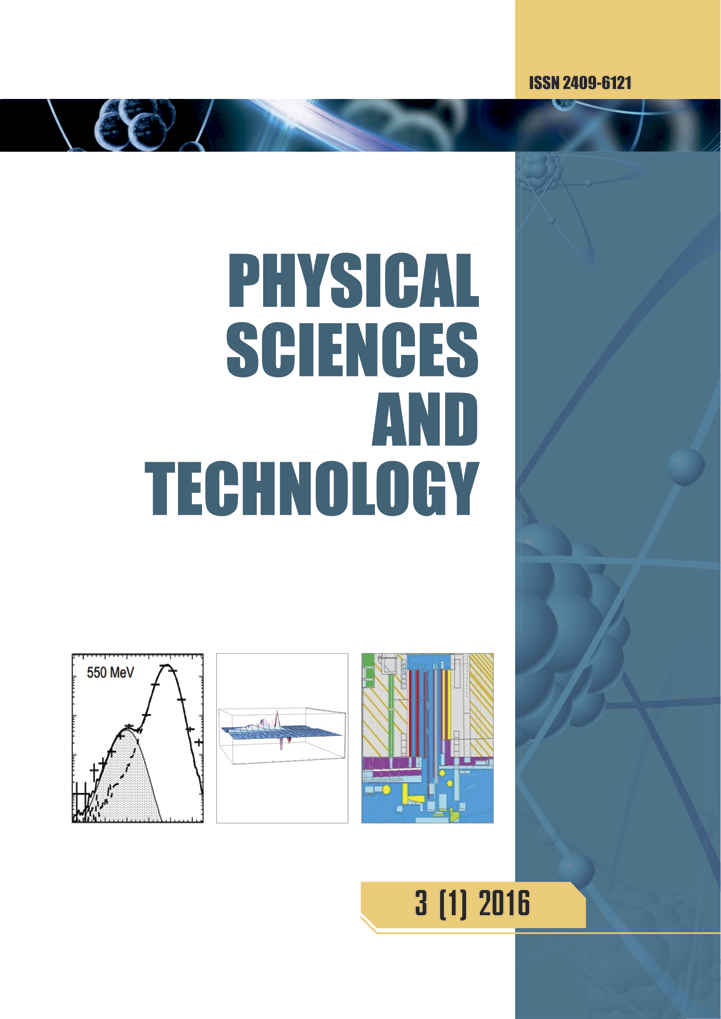THE Formation of chondrule-like particles in RF discharge plasma
DOI:
https://doi.org/10.26577/phst.2023.v10.i2.08Abstract
Chondrules are fundamental components of chondritic meteorites and play a vital role in understanding the formation of the early solar system. This study focuses on the synthesis of chondrule-like particles in a plasma environment using a radiofrequency (RF) discharge. The experimental setup involves a vacuum chamber where argon gas, hexamethyldisiloxane (HMDSO), and ferrocene vapors are introduced. The plasma burning duration is optimized to facilitate chondrule formation, followed by analysis of the synthesized particles using scanning electron microscopy (SEM) and energy dispersive analysis. The results demonstrate the successful synthesis of chondrule-like particles with diverse sizes and morphologies. SEM imaging reveals particles ranging from 80 to 378 nm in diameter, exhibiting rounded and non-uniform shapes. Energy dispersive analysis confirms the presence of iron, carbon, oxygen, and silicon in the synthesized particles. Iron and carbon originate from the ferrocene and HMDSO precursors, respectively, while oxygen may indicate oxidation or the presence of oxide groups. Silicon, the main component, contributes to the key characteristics of the chondrule-like structures. These findings contribute to the understanding of chondrule formation mechanisms and pave the way for further investigations using combined discharges to simulate shock waves or nebular lightning. Additionally, the study suggests the possibility of introducing additional chondrule building blocks, such as magnesium and phosphorus, to explore their effects on particle synthesis and composition.




